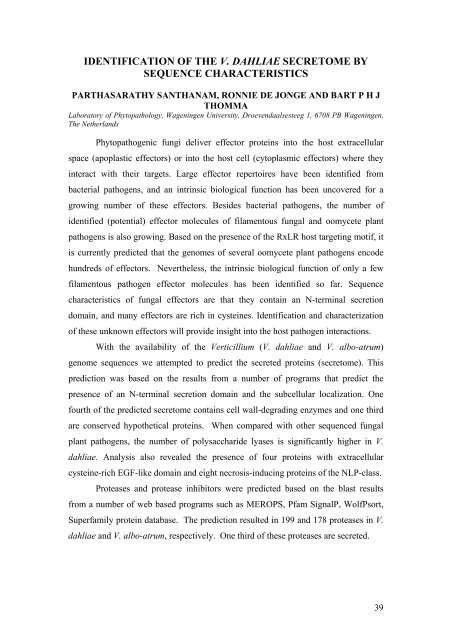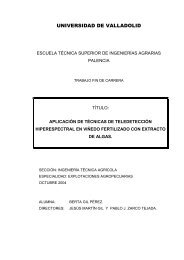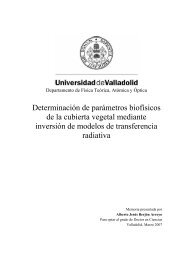10th INTERNATIONAL VERTICILLIUM SYMPOSIUM 16-20 ...
10th INTERNATIONAL VERTICILLIUM SYMPOSIUM 16-20 ...
10th INTERNATIONAL VERTICILLIUM SYMPOSIUM 16-20 ...
You also want an ePaper? Increase the reach of your titles
YUMPU automatically turns print PDFs into web optimized ePapers that Google loves.
IDENTIFICATION OF THE V. DAHLIAE SECRETOME BYSEQUENCE CHARACTERISTICSPARTHASARATHY SANTHANAM, RONNIE DE JONGE AND BART P H JTHOMMALaboratory of Phytopathology, Wageningen University, Droevendaalsesteeg 1, 6708 PB Wageningen,The NetherlandsPhytopathogenic fungi deliver effector proteins into the host extracellularspace (apoplastic effectors) or into the host cell (cytoplasmic effectors) where theyinteract with their targets. Large effector repertoires have been identified frombacterial pathogens, and an intrinsic biological function has been uncovered for agrowing number of these effectors. Besides bacterial pathogens, the number ofidentified (potential) effector molecules of filamentous fungal and oomycete plantpathogens is also growing. Based on the presence of the RxLR host targeting motif, itis currently predicted that the genomes of several oomycete plant pathogens encodehundreds of effectors. Nevertheless, the intrinsic biological function of only a fewfilamentous pathogen effector molecules has been identified so far. Sequencecharacteristics of fungal effectors are that they contain an N-terminal secretiondomain, and many effectors are rich in cysteines. Identification and characterizationof these unknown effectors will provide insight into the host pathogen interactions.With the availability of the Verticillium (V. dahliae and V. albo-atrum)genome sequences we attempted to predict the secreted proteins (secretome). Thisprediction was based on the results from a number of programs that predict thepresence of an N-terminal secretion domain and the subcellular localization. Onefourth of the predicted secretome contains cell wall-degrading enzymes and one thirdare conserved hypothetical proteins. When compared with other sequenced fungalplant pathogens, the number of polysaccharide lyases is significantly higher in V.dahliae. Analysis also revealed the presence of four proteins with extracellularcysteine-rich EGF-like domain and eight necrosis-inducing proteins of the NLP-class.Proteases and protease inhibitors were predicted based on the blast resultsfrom a number of web based programs such as MEROPS, Pfam SignalP, WolfPsort,Superfamily protein database. The prediction resulted in 199 and 178 proteases in V.dahliae and V. albo-atrum, respectively. One third of these proteases are secreted.39




